
Renault Extends Standard Warranty On Kwid, Triber, And Kiger To 3...
- Dec 30, 2024
- Views : 30389

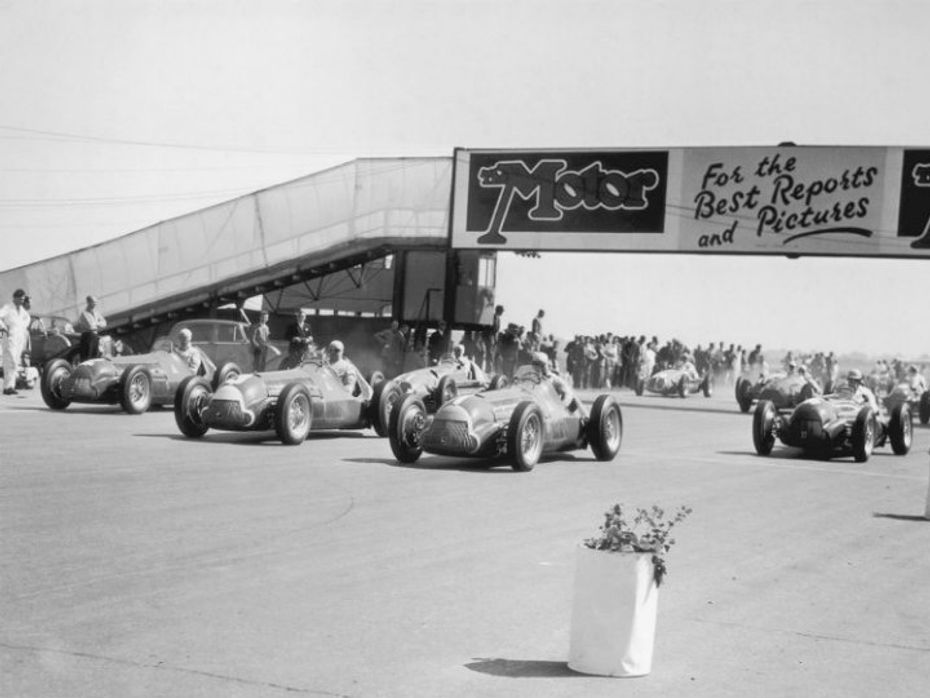
Today marks a special moment for the FIA Formula One World Championship as it signifies 70 years since the first F1 world championship race took place at the Silverstone circuit in the UK. But what were the circumstances that really made that race or that event in particular an iconic one for the pinnacle of motorsport? Let’s take a trip back to that fateful day:

Before the name F1 itself was created, the early 1900s saw motorsport find its early footing. Just before Europe got embroiled in World War II, grand prix racing went from racing production cars to creating modified prototypes or specialized prototypes in general. In 1934 the European Championship came into being. As World War II reared its ugly head in 1939, racing action was put on hold until 1945.
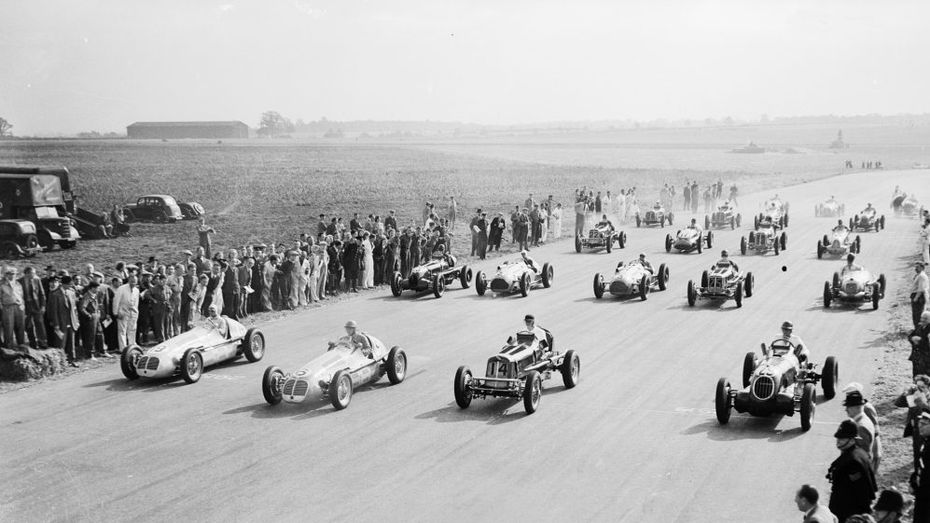
As the world recovered from the war, motorsport governing bodies wasted no time to go racing again. Only this time, a proper formula was being considered. And by September 1 1946, the first motor race to be classified as a Formula One Grand Prix took place in Turin, Italy. It wasn’t until 1947 when the concept of a world driver’s championship was formalised.
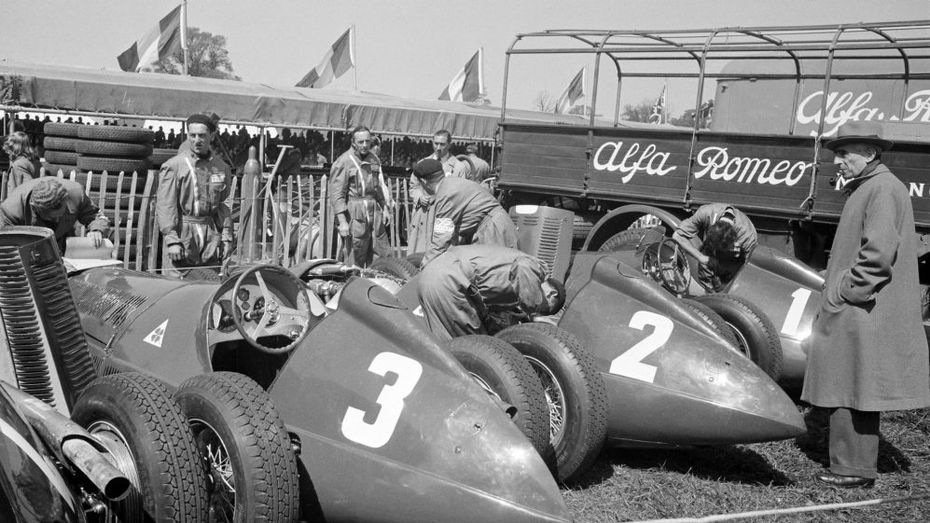
That concept was put into action on May 13, 1950 at the Silverstone Circuit in the United Kingdom for the first official Formula One World Championship event. In those days, the Silverstone circuit layout was a lot simpler and majority of it was run on a former World War II airfield. The event was a popular one, attracting more than 120,000 spectators. Special guests were in attendance like King George VI, Princess Margaret, daughter of the king and younger sister of the future Queen Elizabeth II, and her mother were also present, as were the Earl and Countess Mountbatten of Burma.
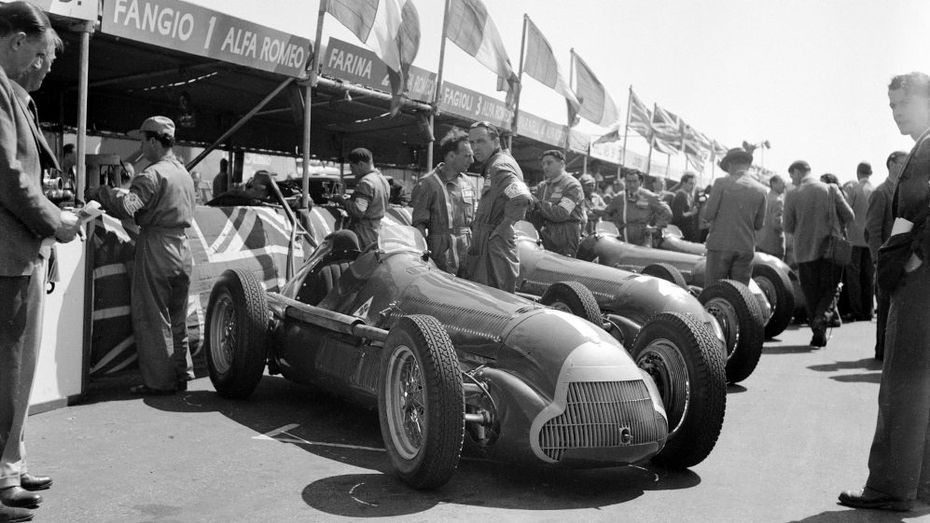
Now to the juicy bits, the drivers and teams participating. The grid consisted of 21 drivers from nine countries, with future greats like Juan Manuel Fangio and Giuseppe Farina. Coming to the teams, the biggest name was the Italian team of Alfa Romeo, with Scuderia Ferrari officially joining the F1 grid at the next race in Monaco. The favorite car for the race was the Alfa Romeo 158 'Alfetta’, a car that was created with Scuderia Ferrari, and was dominant since its debut in 1938 in the voiturette category. What’s more is that it remained a dominant force post World War II when non-championship Formula One races came to be.
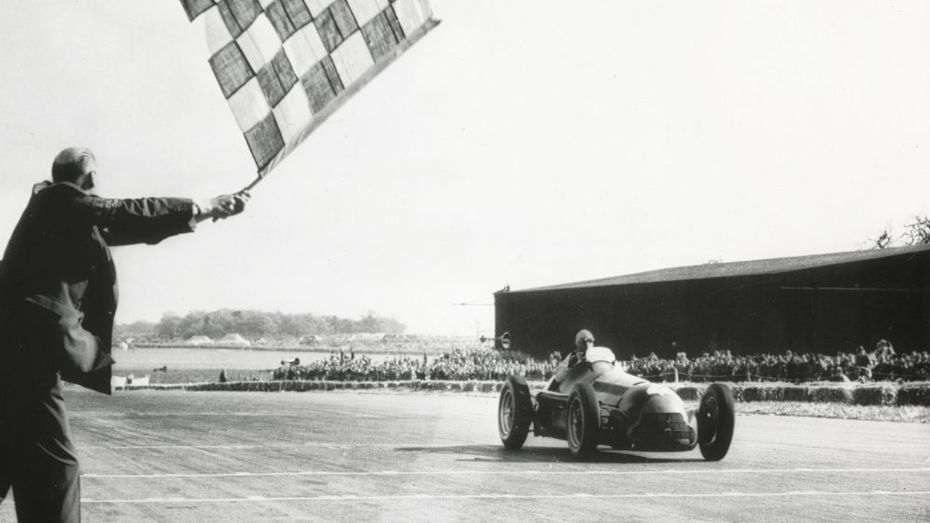
Three Alfa Romeos locked out the front row with eventual 1950 world champion Giuseppe Farina on pole. The Italian racer fought a close battle with teammate Juan Manual Fangio until Fangio had to retire due to engine trouble. In the end, Farina took the first win of the season, followed by Luigi Fagioli and Reg Parnell.
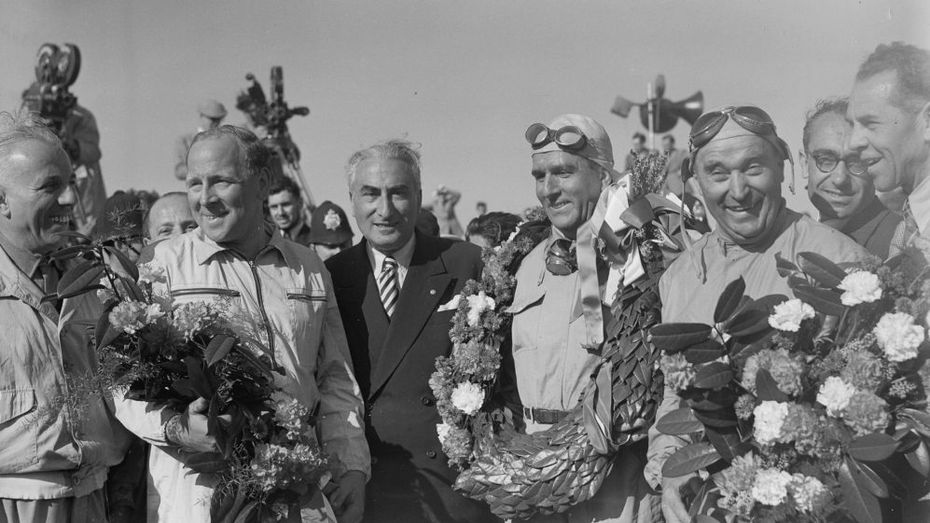
For many veteran motorsport fans, there were concerns that this new championship wouldn’t live up to the intense competition that occurred during the pre-war era of racing. Looking back, yes the Alfa Romeo squad was the class of the field. But that didn’t stop the Alfa Romeo drivers to dish it out over the course of the season. And these drivers didn’t have a particular racing ladder or driver programs to make it to F1. They came from all walks of life, with some basically turning up with their own cars and a load of money to spend and just go racing.
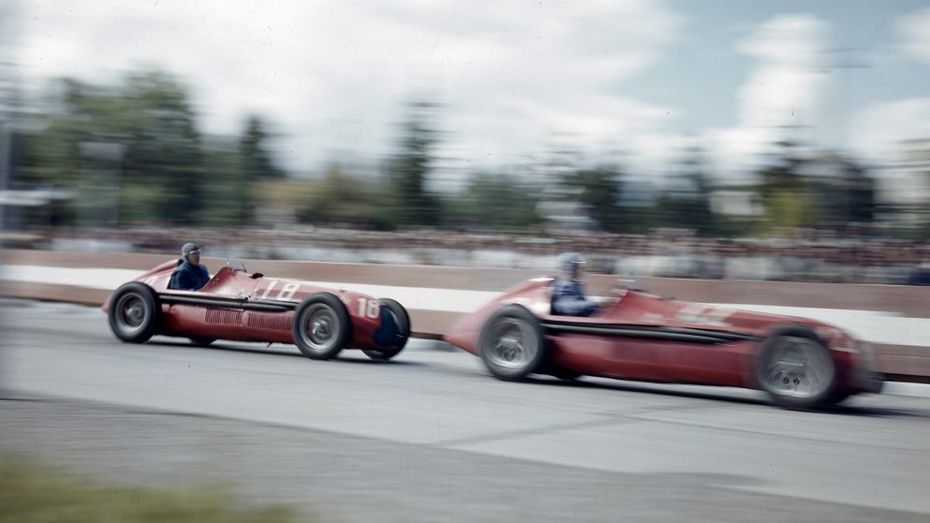
What was most alluring to the fans was that the 1950s era of Formula One was relatable to the gladiator battles in Rome. And back then, we didn’t have anything close to a protective carbon-fibre monocoque or the Halo device. These cars were nicknamed ‘tombstones on wheels’ with no seat belts, and track safety was nothing more than hay barns spread out around a circuit. Thus with average speeds of more than 145kmph, drivers were looked at as daring heroes, taking on the threat of death with such tenacity. You could say for both the teams, drivers and spectators F1 provided an alternative taste of adrenaline that they might have gotten during war times which made it an extreme sport.
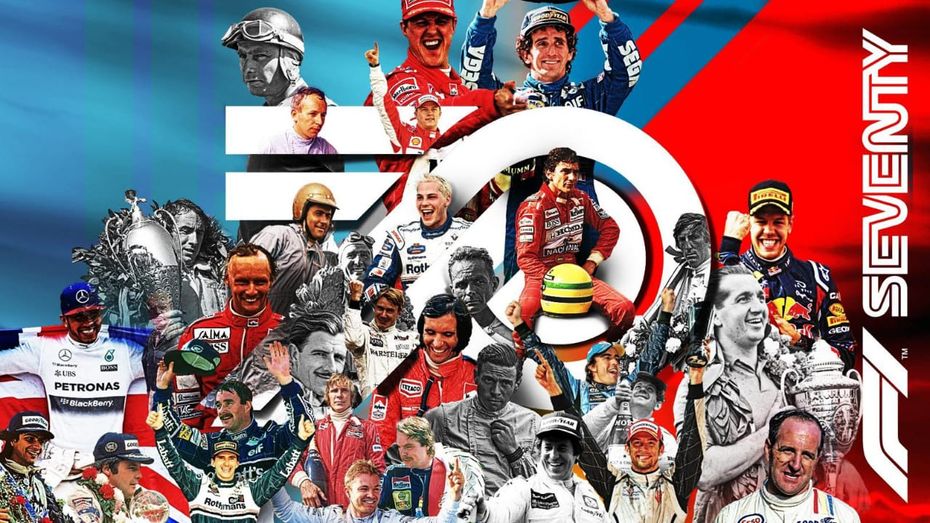
70 years later , we've had 1,018 races take place with 764 drivers and 150 teams taking part in the championship. We’ve also seen 33 drivers world champions, 15 constructors champions and 108 race winners. While safety standards and technology have evolved in leaps and bounds, it doesn’t take away the fact that Formula One and motorsport in general is a dangerous sport, and yet that 2 hr sprint of racing adrenaline still courses strong within the fans and the drivers today.

Renault Extends Standard Warranty On Kwid, Triber, And Kiger To 3...

Is The Kia Syros More Compelling Than The Best-selling Hyundai Creta?

Auto Expo 2025 - All You Want To Know About The Hottest Auto Show!

Hyundai Creta Electric REVEALED Ahead Of Auto Expo 2025! Here’s...

Upcoming Maruti Suzuki Cars Expected In 2025: e Vitara, Baleno...

Here Is The List Of All Tata Cars Likely To Be Launched In 2025

Mahindra BE 6 Launched: Price For The Top-spec Variant Is Out!

Upcoming Mahindra Cars Expected in 2025: XUV 4XO, Thar Facelift, BE...

JSW MG Motor India Revealed Their New SUV, The MG Majestor At Auto...
India's largest automotive community
 Hyundai Creta Electric: Things You Get With Each Of Its 5 Variants
Hyundai Creta Electric: Things You Get With Each Of Its 5 Variants
 Here Are Some Adrenaline Pumping Experiences From Auto Expo 2025 That You Should Not Miss!
Here Are Some Adrenaline Pumping Experiences From Auto Expo 2025 That You Should Not Miss!
 All You Need To Know About The Surprise Element At Auto Expo 2025: BMW iX1 LWB
All You Need To Know About The Surprise Element At Auto Expo 2025: BMW iX1 LWB
 Hyundai Creta Electric Reaches Dealerships, Here’s A List Of Its Pros And Cons Before You Check It Out!
Hyundai Creta Electric Reaches Dealerships, Here’s A List Of Its Pros And Cons Before You Check It Out!
 Vayve Mobility Eva
Rs. 3.25 Lakh
Vayve Mobility Eva
Rs. 3.25 Lakh
 BMW X3
Rs. 75.80 Lakh
BMW X3
Rs. 75.80 Lakh
 Hyundai Creta Electric
Rs. 17.99 Lakh
Hyundai Creta Electric
Rs. 17.99 Lakh
 Lotus Emira
Rs. 3.22 Crore
Lotus Emira
Rs. 3.22 Crore
 Lotus Emeya
Rs. 2.33 Crore
Lotus Emeya
Rs. 2.33 Crore